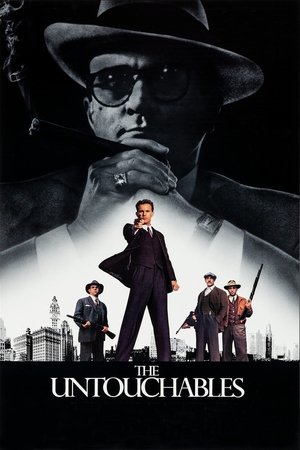
The Untouchables
Howard Hawks defined a great film as “three good scenes and no bad ones.” The Untouchables has one of the greatest scenes in the history of cinema, and not just because it’s patterned after the best known scene in Battleship Potemkin; this has actually become iconic in its own right. This Brian De Palma movie has several other good scenes, and arguably not a single bad one; it does have, however, a couple of scenes that don’t make a lick of sense — some of the good ones, even. The bat scene, in particular, is a lot of fun, but I still have no idea who the guy is that Al Capone (Robert De Niro) beats the ever-loving crap out of, nor what he did to deserve such fate (I’ve come across a few explanations on Internet, including what my best guess would be, but nothing that stands up to scrutiny). Of course, Al Capone personally and literally whacking some random asshole to death is as likely as Eliot Ness (Kevin Costner) fatally pushing Frank Nitti (the diabolical Billy Drago) off of a roof — that is to say, not bloody likely; Nitti shot himself dead long after the events of the film (though in a possible nod to the historical facts, De Palma has Ness shooting a hole in Nitti’s hat; according to Wikipedia’s account of Nitti’s suicide, “The first shot fired by Nitti’s unsteady hand missed and passed through his fedora”). Now, historically inaccurate movies usually make me go ballistic; however, The Untouchables is not a history lesson — if anything, it’s a tall tale with a folk hero (and they don’t get any folksier than Costner) and an archetypal villain (and that’s as close to an answer as we’re going to get to the bat scene question; Capone does what he does For the Evulz). More importantly, the facts may have been tampered with, but the film’s moral compass always points towards true north, and it knows that dura lex sed lex.
